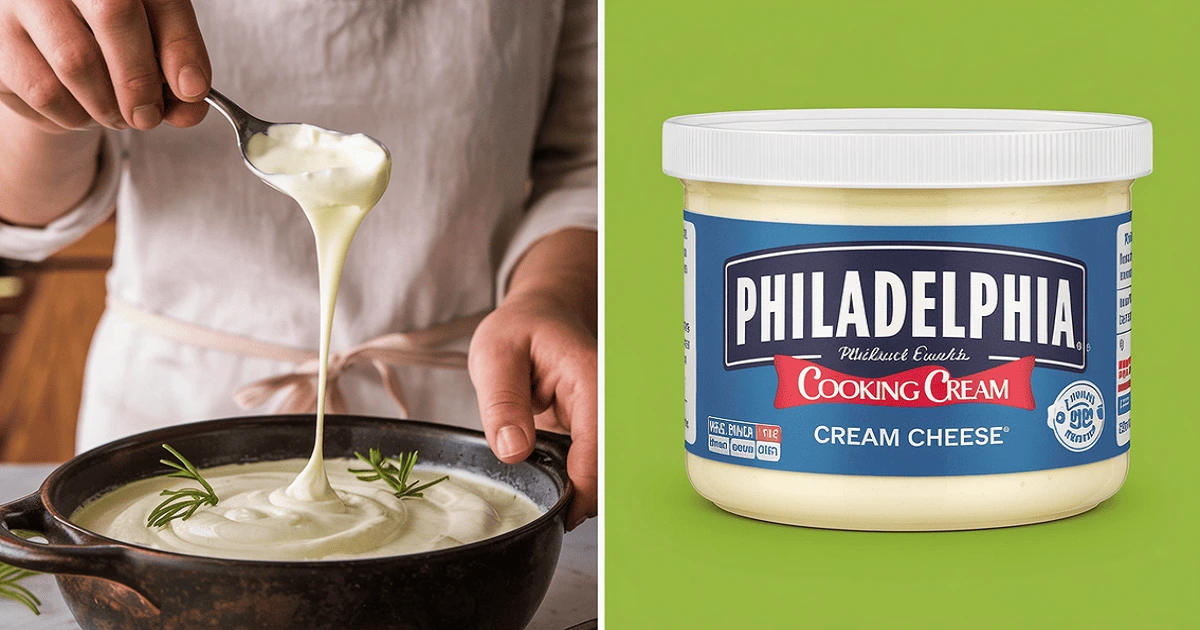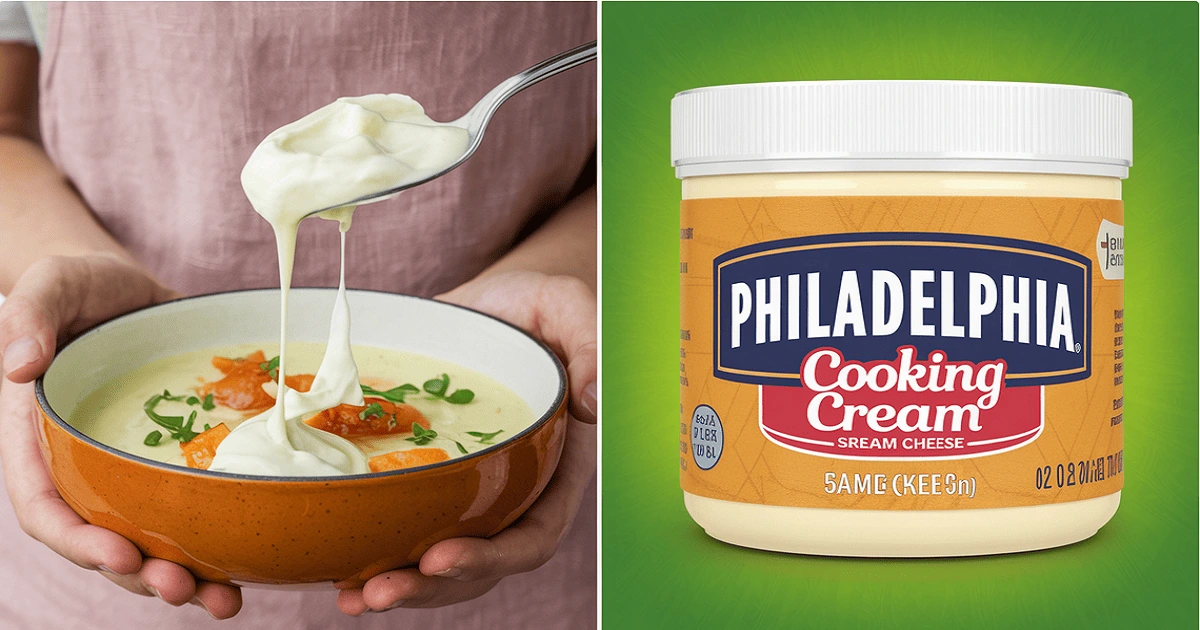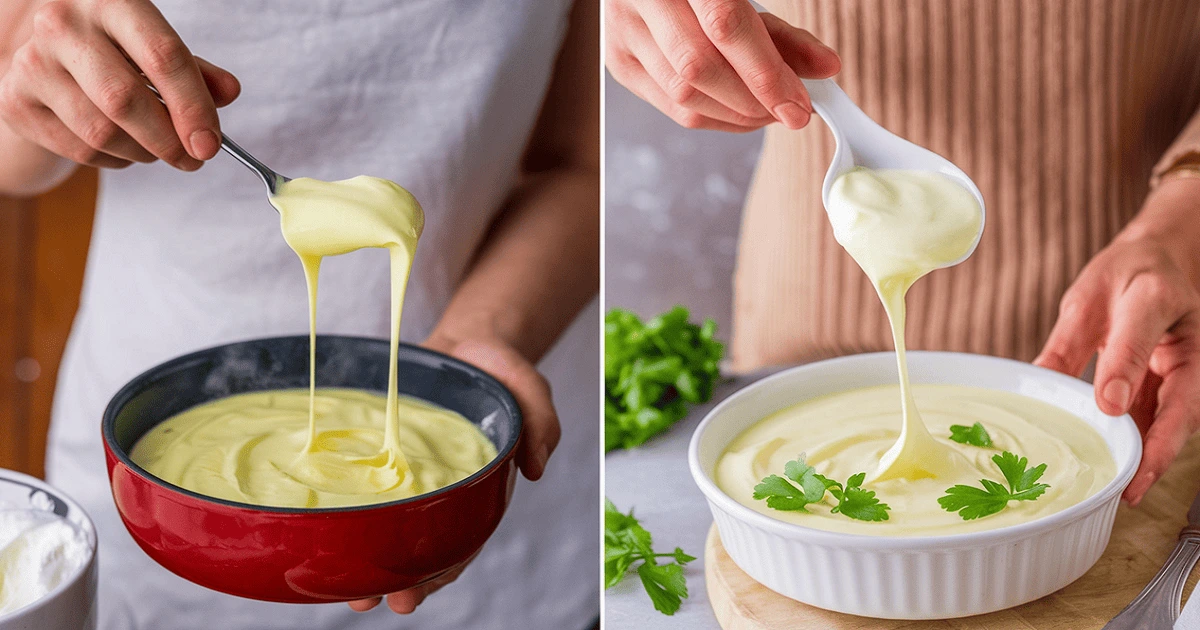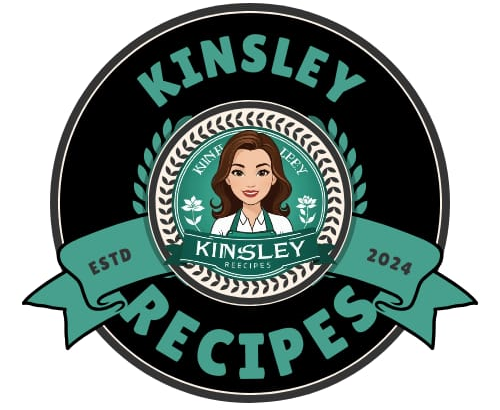When you think of Philadelphia cooking cream and cream cheese, you might wonder if they are interchangeable or if one can be substituted for the other in recipes. While they are both dairy products produced under the Philadelphia brand, they have distinct differences in texture, usage, and flavor. In this comprehensive guide, we will explore whether Philadelphia cooking cream is the same as cream cheese, their various uses in cooking, and how to substitute them in different dishes. By the end, you will have a clear understanding of when to use each product and how to maximize their potential in your kitchen.
Introduction: The Basics of Philadelphia Cooking Cream and Cream Cheese
Philadelphia cooking cream is designed specifically for savory dishes, providing a smooth texture that melts seamlessly into sauces, soups, and casseroles. On the other hand, Philadelphia cream cheese is a versatile, soft cheese primarily used in both savory and sweet dishes, with a firmer texture and a distinct tangy flavor.
While both products can be used in cooking, their purposes differ greatly. Cooking cream is tailored to blend effortlessly into hot dishes, while cream cheese is often used in cold dishes or baked goods, such as cheesecakes and spreads. This article delves into their individual characteristics and explains when and how to use each product.
For those looking for more ideas and recipes that incorporate cream cheese, consider visiting Kinsley Recipes for a range of dishes that highlight the versatility of this popular dairy ingredient.
What is Philadelphia Cooking Cream?
Philadelphia cooking cream is a unique product designed to simplify the process of making creamy sauces and dishes. It has a lighter, more fluid consistency compared to cream cheese, which makes it perfect for adding creaminess to savory recipes without the heaviness that traditional cream cheese might bring. The product is specifically designed to melt smoothly into dishes without separating or curdling, providing a velvety texture to sauces, soups, and casseroles.
Key Features of Philadelphia Cooking Cream:
- Designed for hot dishes, especially sauces and casseroles.
- More fluid than cream cheese, making it easier to mix and melt.
- Ideal for creating a creamy texture without adding too much thickness.
- Lower fat content compared to traditional cream cheese.
Many chefs and home cooks use Philadelphia cooking cream as a quick and efficient way to achieve the rich, creamy consistency that is often required in recipes. You can also explore Philadelphia’s Cooking Cream for a more detailed look into its culinary uses.
Common Dishes for Philadelphia Cooking Cream:
- Creamy pastas like Alfredo or carbonara.
- Savory casseroles, where a creamy sauce is essential.
- Soups that benefit from a smooth and rich texture.
- Quick sauces that need a creamy finish without the heaviness of cream cheese.
What is Philadelphia Cream Cheese?
Philadelphia cream cheese is a well-known product, famous for its rich, smooth texture and slightly tangy taste. It is a soft, spreadable cheese that is often used in a variety of dishes, from cheesecakes to savory spreads. Cream cheese is thicker than cooking cream and is primarily used in cold dishes or in baked goods where its texture and taste can be the star of the dish.
Key Features of Philadelphia Cream Cheese:
- Thicker and denser texture compared to cooking cream.
- Higher fat content, which adds richness and body to recipes.
- A slight tangy flavor, which enhances both sweet and savory dishes.
- Primarily used in cold dishes, baked goods, or as a spread.

Common Dishes for Philadelphia Cream Cheese:
- Cheesecakes and other desserts.
- Spreads for bagels or toast.
- Rich, creamy dips.
- Thickening agent for sauces and soups when softened and mixed.
Cream cheese is often a go-to ingredient for creating rich, decadent dishes. If you’re interested in learning more about using cream cheese in both sweet and savory dishes, consider browsing Kinsley Recipes for some delicious ideas.
Differences Between Philadelphia Cooking Cream and Cream Cheese
Texture and Consistency:
One of the most obvious differences between the two products is their texture. Philadelphia cooking cream is fluid and creamy, making it easy to incorporate into sauces and soups. On the other hand, Philadelphia cream cheese is thick and dense, often requiring softening before it can be used in recipes.
Fat Content:
Another key difference lies in their fat content. Cooking cream typically has a lower fat content, which makes it a lighter option for savory dishes. Cream cheese, however, has a higher fat content, contributing to its rich flavor and dense texture.
Usage:
- Cooking cream is ideal for dishes that require a smooth, creamy consistency without the heaviness of cream cheese. It works best in hot dishes, such as sauces, soups, and casseroles.
- Cream cheese is more versatile in terms of its usage. It can be used as a spread, an ingredient in baked goods, or in cold dishes like dips. It is also popular in both sweet and savory dishes, making it more flexible.
Flavor:
Cream cheese has a slightly tangy flavor, which can be a great addition to certain recipes. Cooking cream, on the other hand, is more neutral in taste, allowing it to blend into dishes without overpowering the other ingredients.
Can You Substitute Philadelphia Cooking Cream for Cream Cheese?
Yes, you can substitute Philadelphia cream cheese for cooking cream in some recipes, but certain adjustments must be made. Since cream cheese is thicker and richer, you’ll need to thin it out with a bit of milk or broth to achieve a consistency similar to cooking cream.
Tips for Substituting Cream Cheese for Cooking Cream:
- Thin out cream cheese with a small amount of milk or broth to achieve a more fluid texture.
- Be mindful of the flavor differences; cream cheese has a stronger taste than cooking cream.
- Utilize softened cream cheese for easier integration into recipes.
This substitution works best in soups, sauces, and casseroles, where a creamy texture is desired but the thickness of cream cheese might otherwise be too much.
Best Uses of Philadelphia Cooking Cream
One of the biggest advantages of Philadelphia cooking cream is its versatility in savory dishes. It melts smoothly and incorporates easily into a variety of recipes, making it an excellent choice for creamy sauces, soups, and casseroles. Because of its lower fat content, cooking cream provides richness without overwhelming a dish with heaviness.

Ideal Dishes for Philadelphia Cooking Cream:
- Pasta dishes: Whether you’re making Alfredo or carbonara, cooking cream is the perfect addition for a smooth, creamy sauce.
- Casseroles: Cooking cream helps to bind ingredients together and adds a silky texture to baked casseroles.
- Soups: A small amount of cooking cream can transform a basic soup into something creamy and delicious without adding too much fat.
- Sauces for vegetables or chicken: It provides a quick and easy way to make a rich sauce for roasted vegetables or chicken dishes.
Explore some pasta and casserole recipes on Kinsley Recipes to see how you can incorporate cooking cream into your meals.
Best Uses of Philadelphia Cream Cheese
Cream cheese is more versatile in its use than cooking cream, working well in both sweet and savory dishes. Its rich, dense texture makes it a favorite in baked goods, spreads, and dips.
Ideal Dishes for Philadelphia Cream Cheese:
- Cheesecake: One of the most popular uses for cream cheese is as the main ingredient in cheesecake.
- Spreads: Cream cheese works wonderfully as a spread on bagels or toast, either plain or flavored with herbs or spices.
- Dips: It’s also used in a variety of savory dips, often mixed with other ingredients like spinach or artichoke.
- Baking: Cream cheese adds richness to baked goods like brownies, muffins, and even some bread recipes.
If you’re curious about baking with cream cheese, try some of the recipes available on Kinsley Recipes.
Substitutes for Philadelphia Cooking Cream
While Philadelphia cooking cream offers a convenient way to make creamy sauces, there are several alternatives you can use if you can’t find it in stores.
Common Substitutes:
- Greek yogurt: A thicker option, but when thinned with broth, it can mimic the texture of cooking cream.
- Sour cream: Adds a slight tang but works well in savory dishes.
- Heavy cream: Provides richness, though you may need to thicken it slightly.
- Thinned cream cheese: By mixing cream cheese with milk, you can create a texture similar to cooking cream.
You can find more information on substitutions and how to use them by visiting Stack Exchange.
FAQs
Is Philadelphia cooking cream the same as cream cheese?
No, they are different products. Philadelphia cooking cream is more fluid and easier to mix into savory dishes, while cream cheese is thicker and better suited for spreads and desserts.
Can I substitute cream cheese with cooking cream?
Yes, but adjustments are needed. You’ll need to thin cream cheese with milk or broth to achieve the same texture as Philadelphia cooking cream. This substitute works best in sauces and soups but may not be suitable for baking.

What can I use in place of Philadelphia cooking cream?
Alternatives include Greek yogurt, sour cream, and heavy cream. Thinned cream cheese can also work as a substitute, though the texture may be slightly different.
Is Philadelphia cream cheese used for cooking?
Yes, cream cheese can be used in savory recipes, but it is more common in desserts. It requires softening or thinning before being added to savory dishes like pastas or soups.
Conclusion: Choosing the Right Product for Your Recipe
Both Philadelphia cooking cream and cream cheese serve unique roles in the kitchen, catering to different culinary needs. While they share similarities, such as being dairy-based and produced by the same brand, they differ significantly in texture, fat content, and use. Philadelphia cooking cream is designed for savory dishes, offering a smooth, easily meltable consistency ideal for sauces, soups, and casseroles. It blends seamlessly into hot dishes without separating, providing a lighter alternative to traditional cream-based ingredients.
Cream cheese, on the other hand, is richer and denser, with a slightly tangy flavor that works well in both savory and sweet dishes. It shines in baked goods like cheesecakes, spreads, and dips. Due to its thicker texture, it may need to be softened or thinned out when used as a substitute for cooking cream in hot dishes.
Understanding these differences allows you to make informed decisions when planning meals. If you need a light, creamy sauce, opt for cooking cream. Cream cheese is the superior option for creating rich, flavorful spreads and desserts. With this knowledge, you can confidently choose the right product for any recipe, elevating your dishes to the next level.
For more recipe inspiration using both cooking cream and cream cheese, check out the Philadelphia dairy recipe collection on Kinsley Recipes.

